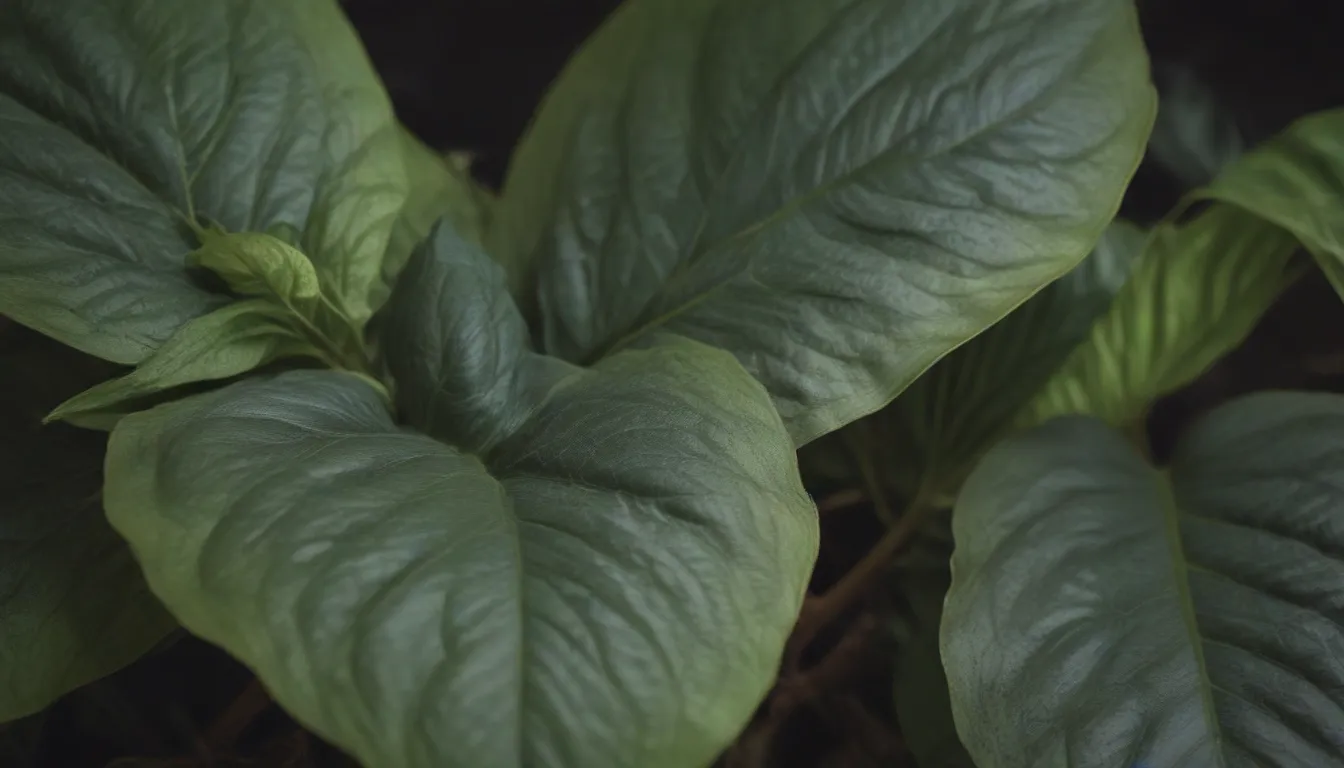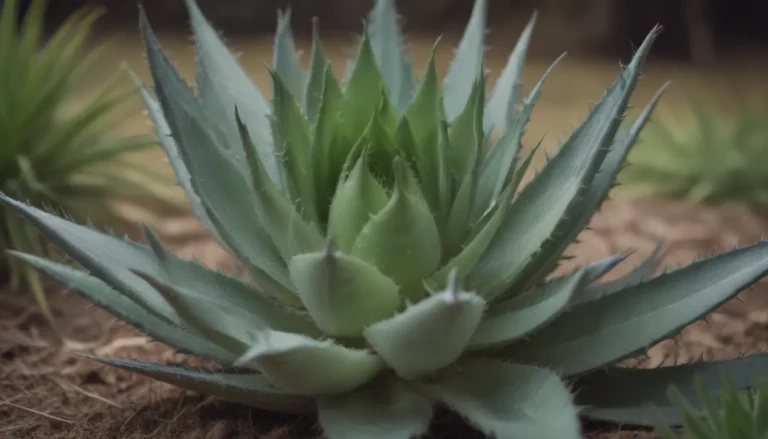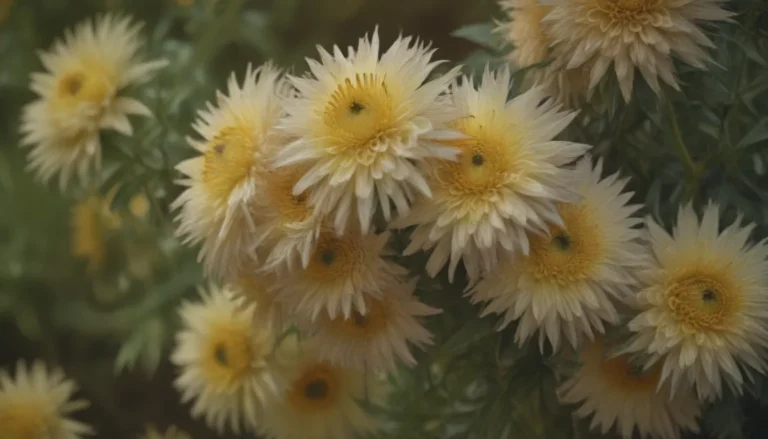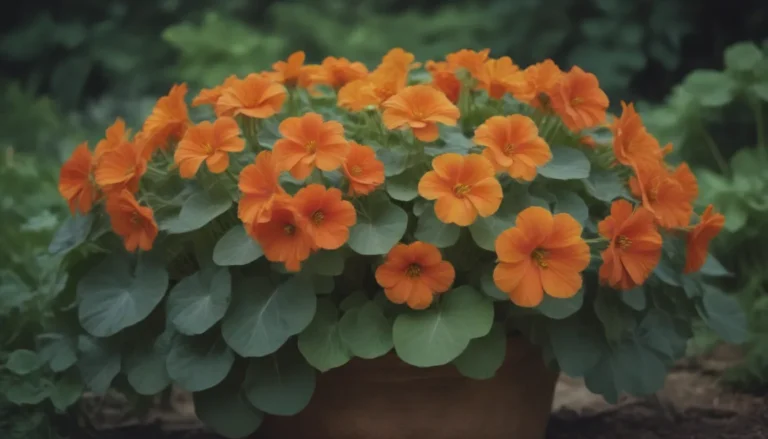A Comprehensive Guide to Growing and Caring for Epipremnum Pinnatum

If you’re a plant lover looking to add a unique tropical vine to your indoor garden, Epipremnum pinnatum, also known as dragon-tail plant, silver vine, or centipede tongavine, might just be the perfect choice for you. This stunning plant is often grown as a houseplant and is loved for its glossy, heart-shaped leaves that can grow up to 3 feet long in larger varieties. While Epipremnum pinnatum is a relatively easy plant to care for, there are some key guidelines to keep in mind to ensure it thrives in your home.
Getting to Know Epipremnum Pinnatum
Before we dive into the care tips for Epipremnum pinnatum, let’s take a closer look at this beautiful plant. Here are some key characteristics of Epipremnum pinnatum:
- Large, glossy, heart-shaped, dark green leaves
- Some cultivars have narrow, smooth-edged leaves, while others have wide, deeply serrated edges
- Can grow up to 60 feet tall outdoors, but most houseplant varieties have vines that grow up to 6 feet long
- Some epipremnum plants are toxic to pets, so it’s important to take precautions if you have animals at home
Epipremnum Pinnatum Care Tips
To ensure your Epipremnum pinnatum thrives and stays healthy, here are some essential care tips to keep in mind:
Light
Epipremnum pinnatum prefers bright but indirect sunlight. Place your plant to the side of a window with good sun exposure to provide it with the ideal light conditions. Be mindful of variegated varieties that may need a bit more light, as the plant will indicate this by stretching towards sunnier spots in the room. Avoid direct sunlight, as it can dry out the plant and scorch its leaves.
Soil
Provide your Epipremnum pinnatum with rich, slightly acidic soil that contains plenty of organic matter for optimal growth. Ensure excellent drainage by using a substrate that allows water to flow freely. Sandy or clay soils are not suitable for this plant, and it’s essential to have drainage holes in your containers to prevent waterlogging.
Water
Water your Epipremnum pinnatum once a week, allowing the soil surface to dry out between waterings. Use lukewarm water and soak the top layer of the soil until it is slightly damp. Adjust your watering schedule in winter when the plant experiences slower growth and requires less frequent watering.
Temperature and Humidity
Maintain a temperature range of 65-75F for your Epipremnum pinnatum, ensuring it stays comfortable and healthy. If you move the plant outdoors in the summer, place it in a partial shade area to prevent overheating. Being a tropical vine, Epipremnum pinnatum can tolerate a fair amount of humidity. In dry winter months, consider placing a dish of water and pebbles near the plant to increase humidity levels.
Fertilizer
While Epipremnum pinnatum doesn’t require excessive fertilization, you can use a diluted water-soluble fertilizer every two weeks during the plant’s active growing season (March through August). Reduce fertilization to once a month in winter to support healthy growth without overfeeding.
Types of Epipremnum Pinnatum
Epipremnum pinnatum comes in several attractive cultivars, each with its own unique features. Here are some popular varieties to consider adding to your collection:
- Ceba Blue
- Albo-Variegata
- Skeleton Key
- Marble King
Propagating and Repotting Epipremnum Pinnatum
To propagate your Epipremnum pinnatum, you can use cuttings to create new plants. As your plant grows larger, it may require repotting into a larger container to allow its roots space to expand. When repotting, gently transfer the plant to its new container, refresh the soil, and water it generously to aid in its recovery from the transplanting process.
Dealing with Pests and Diseases
While Epipremnum pinnatum is generally resistant to major diseases, it can occasionally be affected by common pests such as mealy bugs or spider mites. To combat these issues, you can use natural remedies like rubbing alcohol-soaked cotton balls for mealy bugs or neem oil for spider mites. Regularly inspect your plant for signs of pests and take prompt action to prevent infestations.
In conclusion, Epipremnum pinnatum is a stunning tropical vine that can add beauty and greenery to your indoor space. By following these care tips and guidelines, you can ensure that your Epipremnum pinnatum thrives and remains a vibrant and healthy addition to your plant collection. Give this charming plant the love and attention it deserves, and you’ll be rewarded with lush, glossy foliage that brightens up your home environment.





